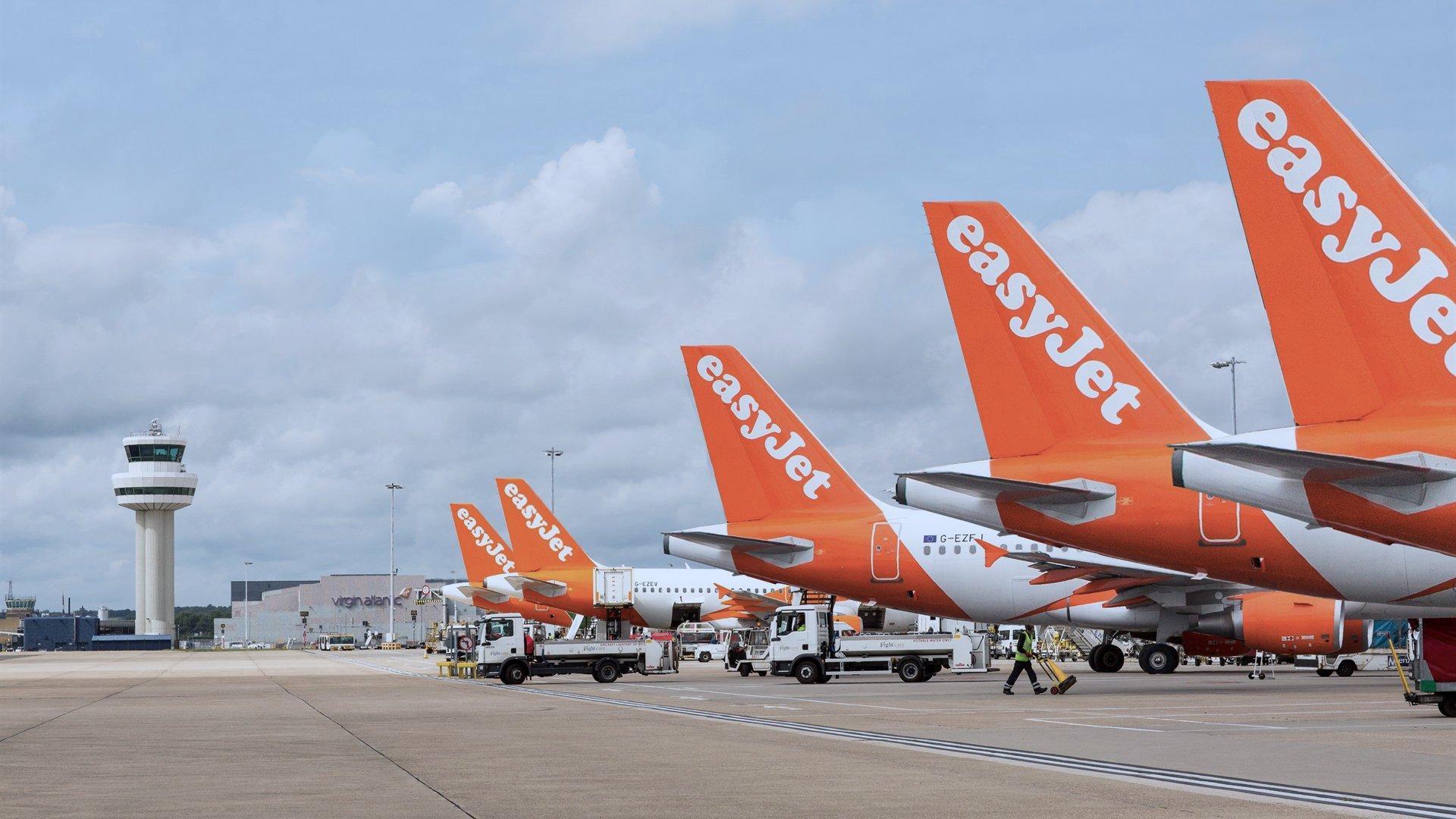
While the percentage of leased aircraft in the global fleet has climbed steadily for decades, the COVID-19 pandemic is likely to accelerate the trend as airlines sell off aircraft to shore up liquidity.
This is already occurring, notably at traditionally lease-averse Lufthansa, where chief executive Carsten Spohr recently noted that “we are definitely increasing our lease exposure.”
At British low-cost carrier easyJet, meanwhile, fleet ownership has declined from 70% to 57% in the past two years.
Underlining the direction of travel, Aercap CEO Aengus Kelly has predicted that leased aircraft will comprise more than half of the global fleet by 2024.
Speaking at a Deutsche Bank leasing conference, Kelly said that airlines needed the flexibility of leasing, but even absent that he noted that operators simply couldn’t afford to own as many aircraft as before COVID-19 due to the huge reverses wrought by the pandemic.
For the aircraft and engine aftermarket, this will mean greater demand for lease transitions services, from the physical maintenance and inspection work itself, to consultancy and advisory help for airlines unused to rigor and complexity of end-of-lease preparations.
For example, an airline might sell and lease back part of its fleet to leave it with five owned and five leased A320s, all of a similar age.
The airline might agree to a work scope from its MRO provider for the five owned aircraft, which, while sound in all other respects, does not align with the lease return conditions for the other five. Thus, coordination is required between airline, lessor and maintenance provider.
Another beneficiary will be cabin specialists employed to modify interiors between airline placements.





